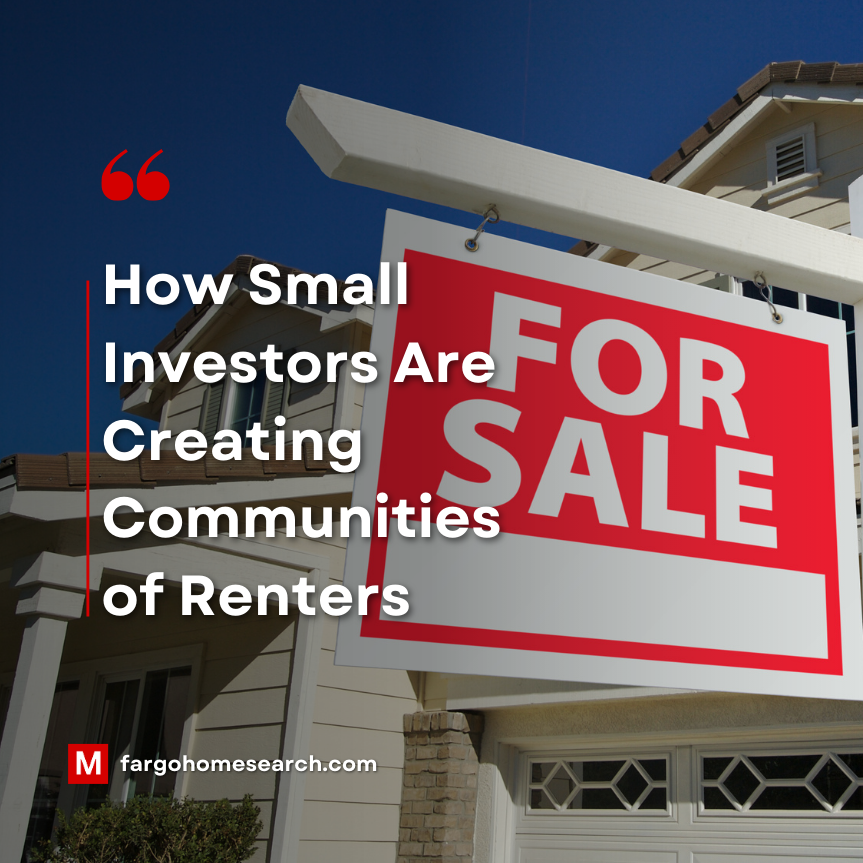Constructing a new home involves many variables—from land preparation and permits to labor and finishes—and costs can range widely based on location, size, and quality. This guide breaks down typical expenses so you can budget your build with confidence. Modern Market REALTORS® offers insights to help you plan effectively and secure the financing you need.
Table of Contents
- 1. Understanding Construction Costs
- 2. Major Cost Components
- 3. Financing Your Build
- 4. Cost-Saving Strategies
- 5. FAQs
Understanding Construction Costs
The national average to build a house typically ranges from $150 to $300 per square foot, depending on factors like location, materials, and design complexity. Local pricing may vary due to labor availability, permitting costs, and access to building materials—especially during peak construction seasons.
A typical build includes several major expense categories: site preparation (clearing, excavation, and grading), foundation work (concrete slab or basement), and framing (wood or steel structural support). Next come mechanical systems such as electrical wiring, plumbing, and HVAC. After that, exterior finishes like roofing, siding, windows, and doors take shape, followed by interior components—drywall, flooring, cabinetry, lighting, and paint. Lastly, don’t forget landscaping, driveways, and utility hookups.
Before breaking ground, get multiple detailed quotes from licensed builders and verify what’s included in the scope of work. Many homeowners overlook soft costs like permit fees, architectural plans, and temporary living expenses during the build. Always include a 10–15% contingency buffer to protect against cost overruns caused by material price hikes, weather delays, or mid-project upgrades.
Major Cost Components
Building your home involves several key components that each carry a significant portion of the budget:

Building a new home means balancing vision with budget. Construction costs can vary widely depending on where you build.
Material Costs
Material costs typically make up 40–50% of the total cost to build a home, making them one of the most significant factors in your construction budget. Common materials include lumber, concrete, roofing, siding, insulation, windows, doors, cabinetry, flooring, paint, and fixtures. The exact percentage depends on the size and style of the home, the quality of finishes selected, and current market conditions.
Prices for building materials can fluctuate significantly due to changes in global supply chains, regional demand, labor shortages, and even weather events. For example, lumber prices have experienced dramatic swings in recent years, impacting framing costs and overall construction timelines. Delays in material availability can also increase storage or labor costs if schedules shift unexpectedly.
One of the best ways to control your construction budget is to lock in prices early through material bids or builder contracts. Standardizing selections and opting for readily available or regionally produced materials can further reduce both cost and delay. Additionally, bundling materials in bulk or choosing supplier-preferred products may offer discounts.
Finally, always ask your builder for a detailed materials breakdown before construction begins to ensure transparency and plan for possible substitutions or upgrades along the way.
Financing Your Build
Financing a new home build is different from purchasing an existing property. Most new construction projects require a construction loan, which releases funds in phases as work progresses. During the building phase, borrowers typically make interest-only payments on the disbursed amount, helping keep early costs lower. Once construction is complete, the loan is converted into a permanent mortgage, often referred to as a construction-to-permanent loan.
There are several loan options to explore. A construction-to-permanent loan is ideal for those who want to simplify the process with one application and closing. Renovation loans—like the Fannie Mae HomeStyle or FHA 203(k)—can also be used if you’re customizing or finishing a partially built home. Make sure to compare interest rates, lender fees, draw schedules, and loan term options, as each lender’s requirements and timelines may vary.
It’s also important to work with a lender familiar with new construction projects, as they’ll better understand the inspections and disbursement process. Before applying, gather detailed construction plans, a signed contract with your builder, and a proposed timeline to strengthen your loan application.
Cost-Saving Strategies
Building a home doesn’t have to drain your wallet. By making strategic choices early in the planning process, you can significantly reduce construction expenses without sacrificing quality. One of the most effective ways to save is by choosing a standardized or semi-custom floor plan. These plans are already optimized for structural efficiency, making them faster and less costly to build than fully custom designs.
Energy-efficient designs are another smart investment. While features like upgraded insulation, high-performance windows, or solar-ready roofing may have a higher upfront cost, they can substantially reduce your monthly utility bills—and many come with tax incentives or rebates.
Bundling your material purchases—from roofing and siding to fixtures and flooring—can help you negotiate better pricing. Contractors and suppliers may offer bulk discounts, especially when sourcing from a single vendor.
Additionally, working with a design-build firm streamlines the process by keeping architects and builders aligned, reducing costly change orders. And if your timeline is flexible, aim to build during off-peak construction seasons, when labor demand and material prices may be lower.
How Much Does It Cost to Build a House? | New Construction Homes
IDX MLS IDX Listing Disclosure © 2025
The data relating to real estate for sale on this web site comes in part from the Broker Reciprocity SM Program of the Regional Multiple Listing Service of Minnesota, Inc. The information provided is deemed reliable but not guaranteed. Properties subject to prior sale, change or withdrawal. ©2024 Regional Multiple Listing Service of Minnesota, Inc All rights reserved.
Home Market Statistics
Information is deemed to be reliable, but is not guaranteed. © 2025
✅ How Much Does It Cost to Build a House?:
- ✅ Average cost per square foot to build a house?
- ✅ Material and labor breakdowns for new home construction
- ✅ How to finance your build with construction loans
- ✅ Strategies to save money and reduce overruns
- ✅ How Modern Market REALTORS® connects you with trusted builders
Frequently Asked Questions
Answers to Common Cost-to-Build Questions
- How much does it cost per square foot to build a house?On average, costs range from $150 to $300 per square foot, depending on region, design complexity, and material quality.
- What factors influence the cost of building a house?Site preparation, foundation type, material choices, labor rates, permit fees, and customization all play major roles in your total build cost.
- Is it cheaper to build or buy a house?Building may cost more upfront but allows customization—while buying an existing home can be faster and sometimes more budget-friendly in certain markets.
- What is included in construction costs?Typical costs cover land work, foundation, framing, exterior and interior finishes, systems installation (electrical, plumbing, HVAC), and landscaping.
- How can I estimate my total build budget?Gather detailed quotes from builders, add a 10–15% contingency for overruns, and factor in financing and closing costs for an accurate budget.
Building a custom home is achievable with the right planning, partnerships, and budget controls in place. Modern Market REALTORS® connects you with trusted builders, lenders, and resources to ensure your project stays on track.
Contact Modern Market REALTORS® today
About the Author
Jim Christl, Broker/Owner at Modern Market REALTORS®, brings over 20 years of experience navigating the Fargo-Moorhead real estate landscape.
Jim has spent the last two decades guiding buyers and sellers through every market cycle—from first-time homes to luxury estates and everything in between. His in-depth knowledge of local trends, combined with a passion for clear, actionable insights, makes him a trusted resource for real estate strategies, market analysis, and expert commentary. When he isn’t closing deals, Jim enjoys mentoring new agents and writing about the latest industry developments to help homeowners make informed decisions.
https://fargohomesearch.com/dipi_faq/what-are-the-benefits-of-owning-a-single-family-home/





